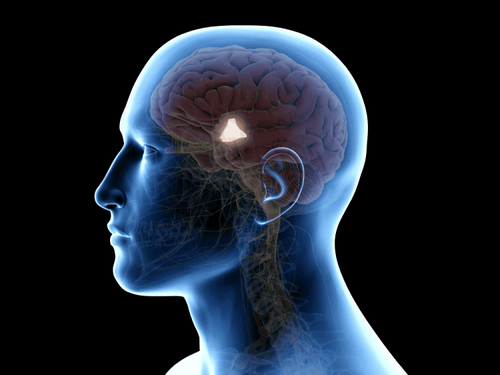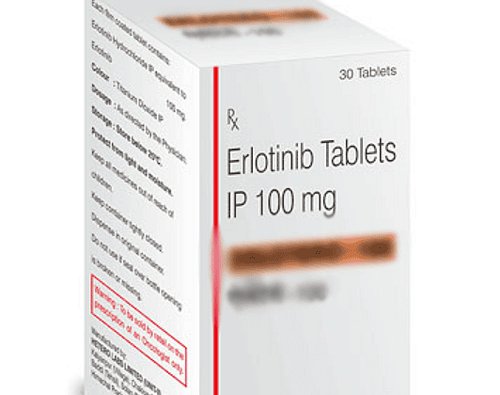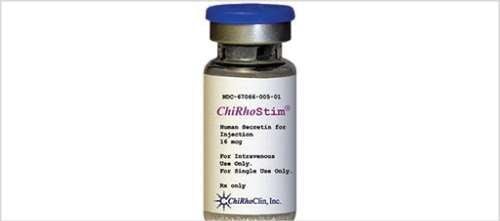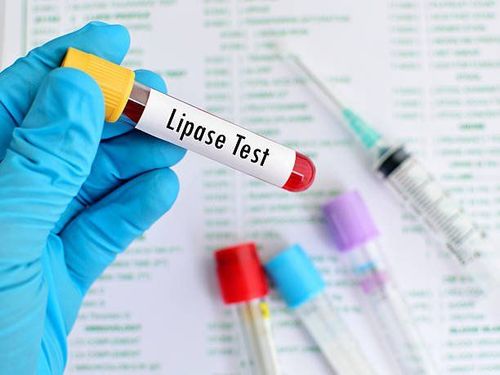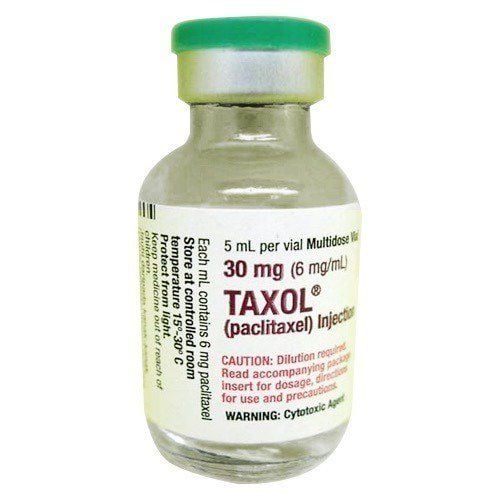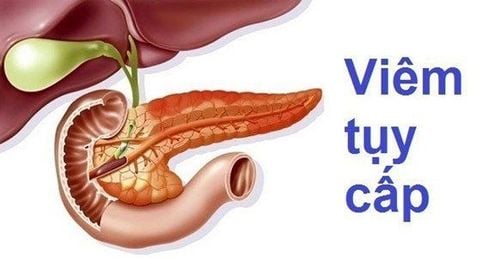This is an automatically translated article.
The pancreas is part of the digestive system and the endocrine system. It causes enzymes to break down and absorb food. In addition, it is also a gland that produces the hormones insulin and glucagon. These hormones all help ensure that the body has the right amount of sugar in the blood and cells.
1. What is the pancreas?
The pancreas is an organ located in the abdomen area. It plays an essential role in converting food taken into the body into fuel for cells. The pancreas has two main functions: an exocrine function that helps with digestion and an endocrine function that regulates blood sugar levels. The pancreas is located behind the stomach in the left upper abdomen. It is surrounded by other organs including the small intestine, liver, and spleen. It is more spongy and about 15-25 cm long and shaped like a flat pear or a fish extending horizontally across the abdomen.
The wide part, called the head of the pancreas, is placed toward the center of the abdomen. The head of the pancreas is located at the junction where the stomach meets the first part of the small intestine. This is where the stomach empties some of the digested food into the intestines and the pancreas releases digestive enzymes into this action. The central part of the pancreas is called the neck or body. The thin end is called the tail and extends to the left.
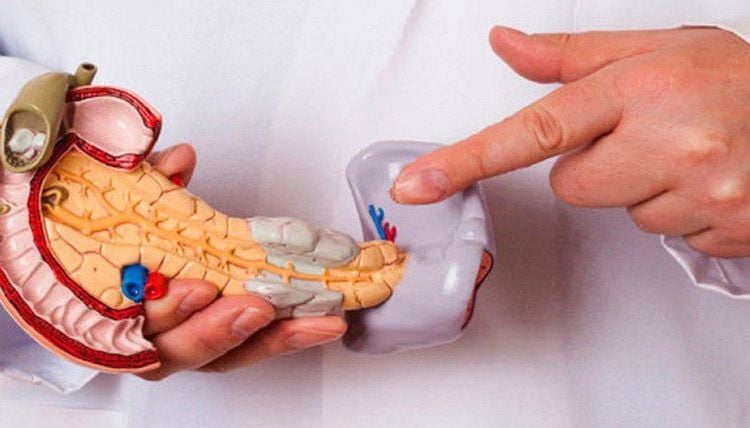
Several major blood vessels surround the pancreas, the mesenteric vein, the portal vein, and the celiac axis that supply blood to the pancreas and other abdominal organs. Almost all of the pancreas consists of exocrine tissues that produce pancreatic enzymes for digestion. The remaining tissues are composed of endocrine cells called Langerhans. These clusters of cells look like small fruits and produce hormones that regulate blood sugar and regulate the pancreas.
Trắc nghiệm: Bạn biết gì về các yếu tố nguy cơ, chẩn đoán và điều trị ung thư tuyến tụy?
Ung thư tuyến tụy phổ biến thứ 10 trong những bệnh ung thư mới và là nguyên nhân thứ 4 gây tử vong do ung thư ở nam, nữ. Bài trắc nghiệm này sẽ kiểm tra kiến thức của bạn về các yếu tố nguy cơ, chẩn đoán và cách điều trị ung thư tuyến tụy.
Bài viết tham khảo nguồn: medicalnewstoday 2019
2. The role of the pancreas in the endocrine system
A healthy pancreas will function and produce the substances needed by the body correctly in the right amounts and at the right time to digest the foods that are put into the body.
2.1. Exocrine function The pancreas contains exocrine glands that produce enzymes important for digestion. These enzymes include trypsin and chymotrypsin for protein digestion, carbohydrate digestion amylase, and lipase for fat breakdown. When food enters the stomach, these pancreatic juices are released into a system of ducts to the top in the main pancreatic duct. The pancreatic ducts join with the common bile duct to form the duct of Vater located in the first part of the small intestine (called the duodenum). Common bile ducts originate in the liver and gallbladder and produce an important digestive juice called bile. Pancreatic juices and pancreatic bile are released into the duodenum to help the body use nutrients such as proteins, fats, and proteins.
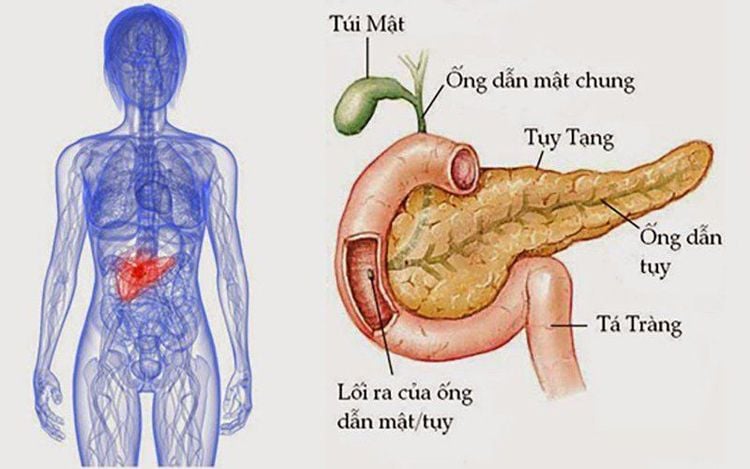
2.2. Endocrine function The pancreas maintains a constant blood glucose level. When blood sugar is too high, the pancreas secretes insulin. Conversely, when blood glucose levels are too low, the pancreas secretes glucagon.
Pancreatic cells help maintain blood sugar (homeostasis). The cells that perform this task are located in pancreatic islets that are present throughout the pancreas. When blood glucose levels are low, alpha cells secrete glucagon which increases blood glucose levels. When blood glucose levels are high, beta cells secrete insulin to lower blood glucose. Delta cells in the islet also secrete somatostatin to reduce insulin and glucose release.
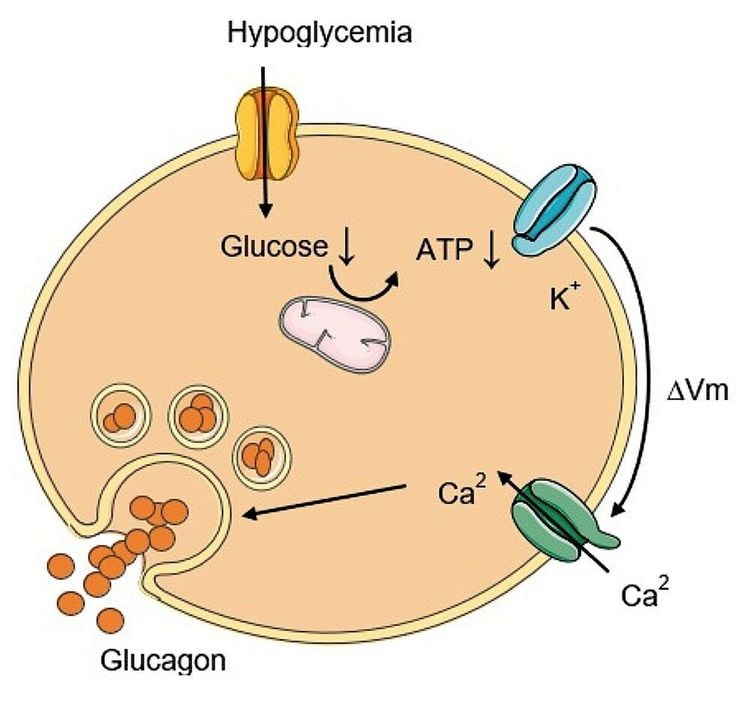
3. Diseases related to the pancreas
Disorders affecting the pancreas including pancreatitis, pancreatic cancer, or problems with the production or regulation of pancreatic hormones can cause complications related to blood sugar imbalances.
3.1. Pancreatitis Pancreatitis is an inflammation of the pancreas that occurs when secreting enzymes, the pancreas accumulates and digests the organ itself. It can occur when acute attacks last for several days or it can be a chronic condition that progresses over many years.
3.2. Pancreatic cancer Several factors increase the risk of developing pancreatic cancer, such as smoking, a family history of pancreatic cancer or hereditary cancer syndromes, and chronic pancreatitis. In addition, some pancreatic lesions such as mucinous carcinomas (IPMNs), pancreatic carcinomas (PanINs) are considered precursors of pancreatic cancer.
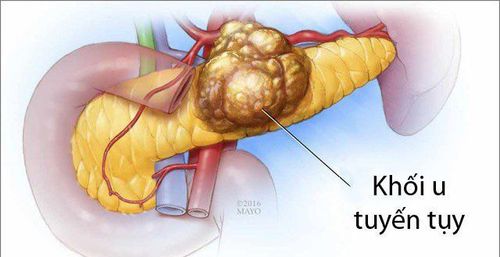
3.3. Diabetes If you have type 1 diabetes, your body does not produce any insulin to process glucose in the body. When insulin deficiency causes a host of complications. So people with type 1 diabetes must take insulin to help the body use glucose appropriately.
Type 2 diabetes is more common than type 1. People with type 2 diabetes can either produce insulin but the body doesn't use it properly, or it may not produce enough insulin to process glucose.
3.4. Hyperglycemia and Hypoglycemia Hyperglycemia is caused by abnormally high blood sugar levels. It may be due to an overproduction of the hormone glucagon.
In contrast, hypoglycemia is caused by low blood sugar levels. Caused by overproduction of insulin.
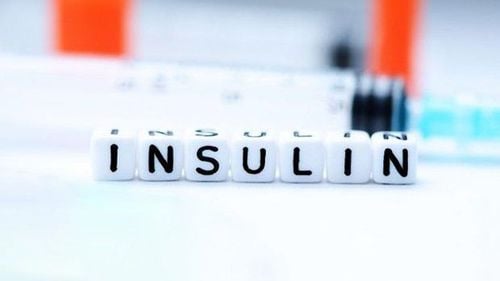
To register for examination and treatment at Vinmec International General Hospital, you can contact Vinmec Health System nationwide, or register online HERE
Reference source: webmd.com, healthline .com, endocrineweb.com, columbiasurgery.org
Recommended videos:
Routine health check at Vinmec: Protect yourself before it's too late!
LEARN MORE
Some important laboratory indicators in the diagnosis of acute pancreatitis Possible complications due to chronic pancreatitis Severe acute pancreatitis symptoms




